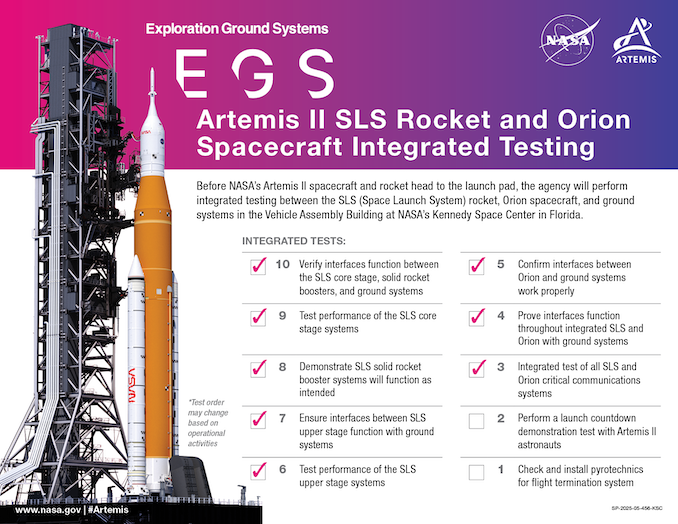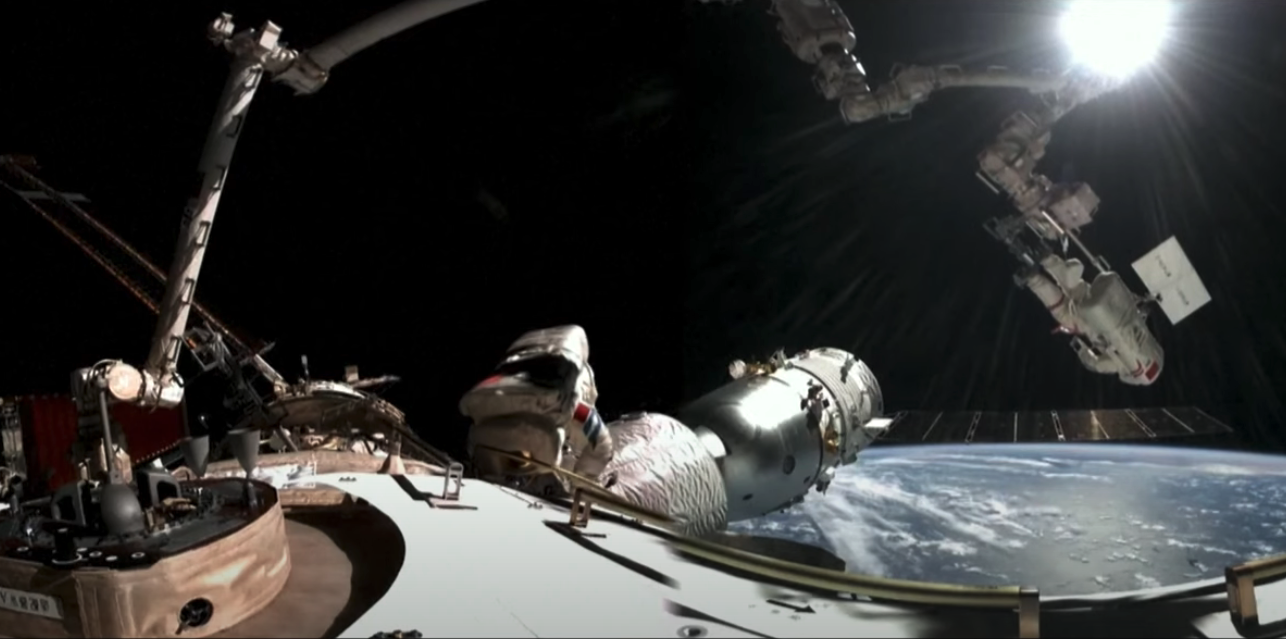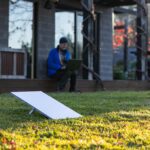Now Reading: SpaceX launches 28 Starlink V2 Mini satellites on Falcon 9 rocket from Cape Canaveral
-
01
SpaceX launches 28 Starlink V2 Mini satellites on Falcon 9 rocket from Cape Canaveral
SpaceX launches 28 Starlink V2 Mini satellites on Falcon 9 rocket from Cape Canaveral
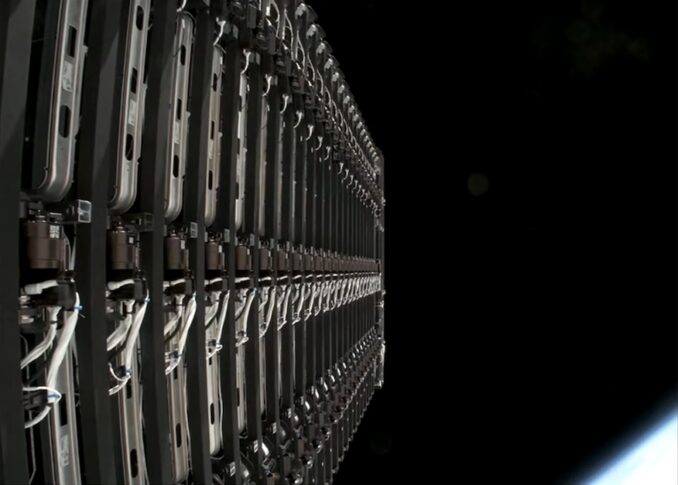

Update March 31, 4:40 p.m. EDT: SpaceX landed the first stage booster on the droneship.
A day after poor weather prevented a Sunday flight, SpaceX launched a Falcon 9 rocket on Monday afternoon with a batch of 28 Starlink V2 Mini satellites.
Liftoff of the Starlink 6-80 mission from Space Launch Complex 40 at Cape Canaveral Space Force Station happened at 3:52 p.m. EDT (1952 UTC) on Monday, March 31.
SpaceX used the Falcon 9 first stage booster, tail number B1080, to launch the Starlink 6-80 mission. It will be making its 17th launch after supporting four missions to the International Space Station, the European Space Agency’s (ESA) Euclid observatory and 10 previous Starlink flights.
A little more than eight minutes after liftoff, B1080 landed on the droneship ‘Just Read the Instructions’. This marked the 113th booster landing on this droneship and the 424th booster landing to date.

On board the rocket are 28 Starlink V2 Mini satellites, which represented the largest batch of this type of satellite to fly on one mission. The previous record was 27 satellites on the Starlink 11-8 and Starlink 11-7 missions.
In its 2024 progress report, the company said the Starlink V2 Mini Optimized satellites include a Doppio Dualband antenna along with “upgraded avionics, propulsion, and power systems, and are mass optimized for Falcon 9 to allow up to 29 satellites to launch on each mission – six more satellites per launch than the original V2 Mini design.” With this upcoming launch, SpaceX will be close to reaching that goal. Much larger Starlink V3 satellites will debut once the company’s 400-foot-tall Starship rocket is capable of sending payloads to orbit.
Stay Informed With the Latest & Most Important News
Previous Post
Next Post
-
 012024 in Review: Highlights from NASA in Silicon Valley
012024 in Review: Highlights from NASA in Silicon Valley -
 02Panasonic Leica Summilux DG 15mm f/1.7 ASPH review
02Panasonic Leica Summilux DG 15mm f/1.7 ASPH review -
 03How New NASA, India Earth Satellite NISAR Will See Earth
03How New NASA, India Earth Satellite NISAR Will See Earth -
 04And Thus Begins A New Year For Life On Earth
04And Thus Begins A New Year For Life On Earth -
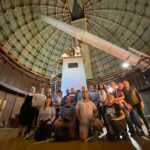 05Astronomy Activation Ambassadors: A New Era
05Astronomy Activation Ambassadors: A New Era -
06SpaceX launch surge helps set new global launch record in 2024
-
 07Space Force plans new ‘Futures Command’ amid pressure to speed up modernization
07Space Force plans new ‘Futures Command’ amid pressure to speed up modernization













